A Mysterious Detail in Photosynthesis Puzzled Scientists for Decades — Now, It’s Finally Solved
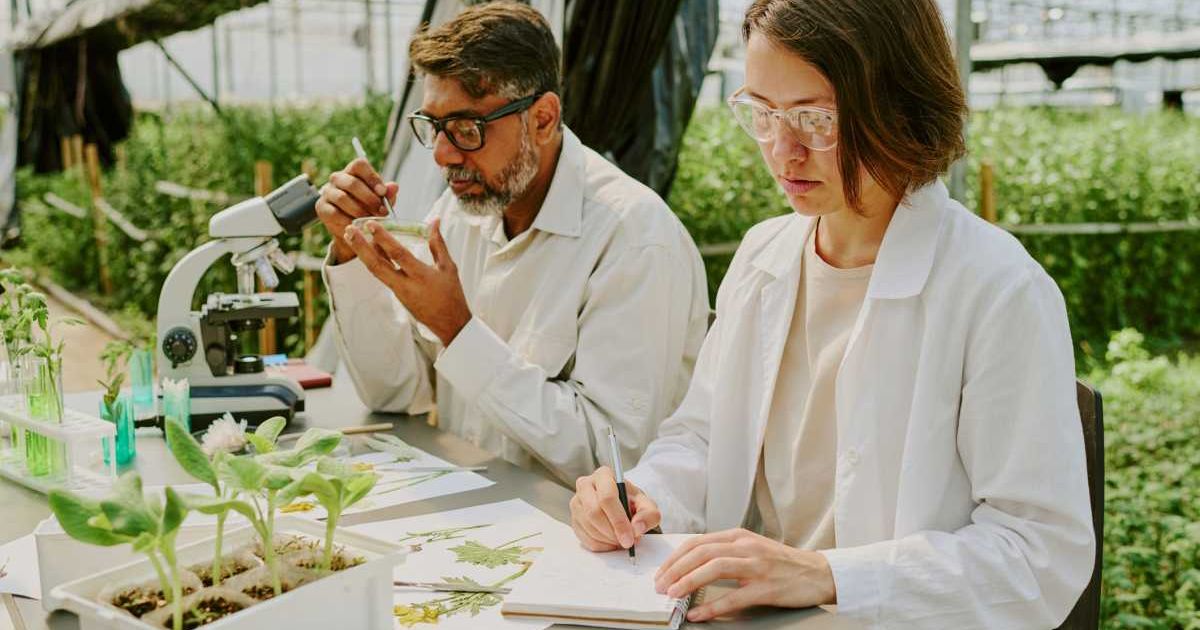
Nature exhibits galleries of fascinating stories that often go neglected by the untrained human eye. Take photosynthesis, for instance. There are living beings on our planet that eat light for breakfast, lunch, snacks, and dinner. Plants, we call them. Each day, these slender, green beings use the sunlight and fulfill their body’s nutritional needs. In the past decades, scientists have curated an inexhaustible library of studies that delve deep into this intelligent technology of photosynthesis. But one aspect of the process still lingered in mystery that scientists explored recently, in a report published in Proceedings of the National Academy of Sciences.

As the word suggests, photosynthesis is the assimilation of light by a plant, which uses its energy as food. The California Academy of Sciences has shared a brilliant animation that zooms into this process via a single leaf. For someone, like an elephant, hippo, zebra, or horse, a leaf is just an ordinary piece of food that is supposed to be ripped off from a tree and chomped down. But for a curious scientist, a leaf is an enigmatic instrument of technology that depicts why nature is the master cosmic designer and engineer.
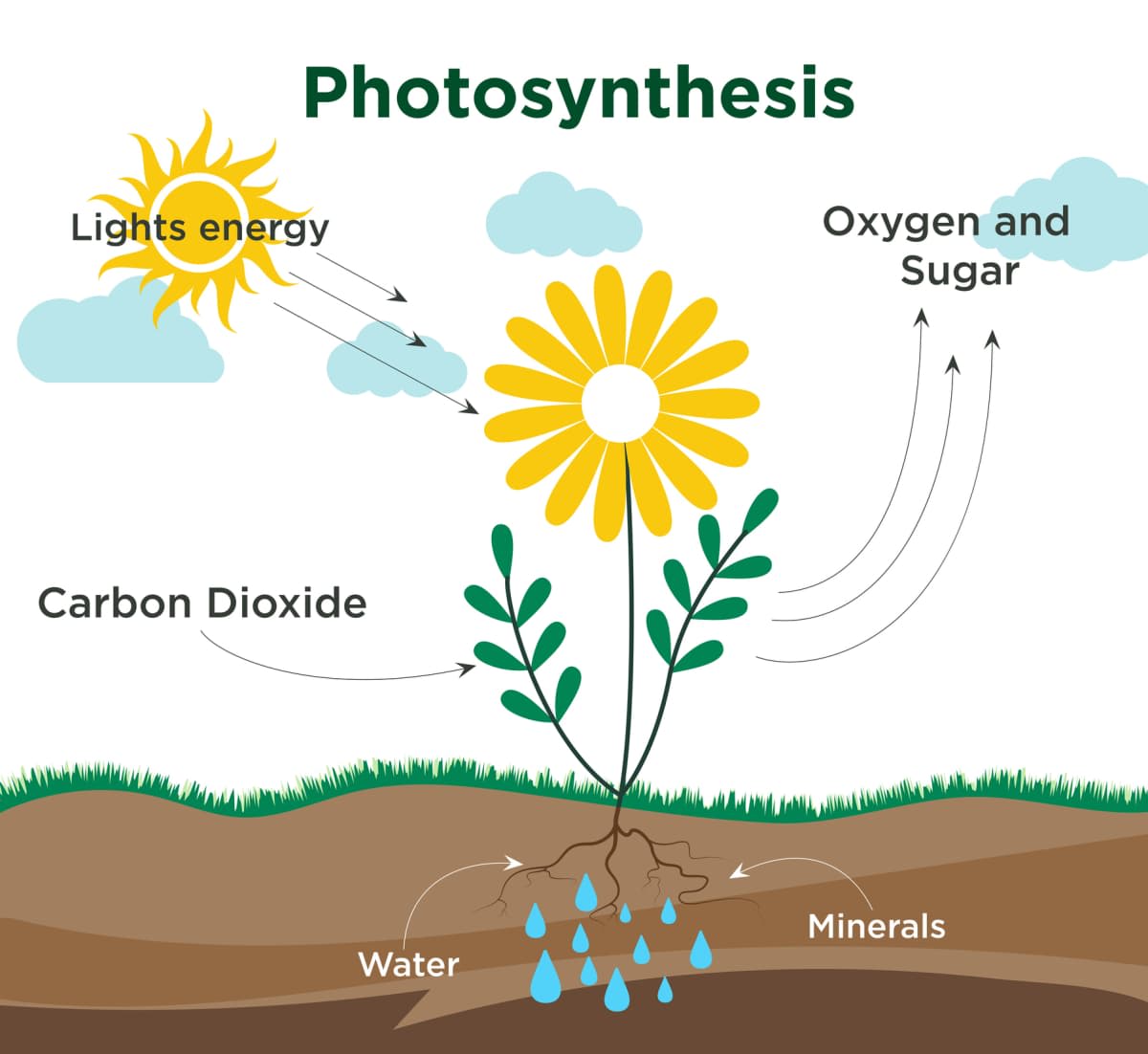
On the surface, a leaf resembles a rubbery strip of green trimmed in assorted shapes, but a microscope reveals that it is a fledgling factory bustling with sophisticated machinery. Inside a single stoma, or the guard cell, is a suite of palisade cells. These cells are the tiny translucent rooms that receive showers of light particles, a.k.a. photons, raining down from the Sun. Lurking deep within a single palisade cell are some more machines: organelles, brightly-colored Golgi apparatus, and yellow-spotted tubes studded with ribosomes.
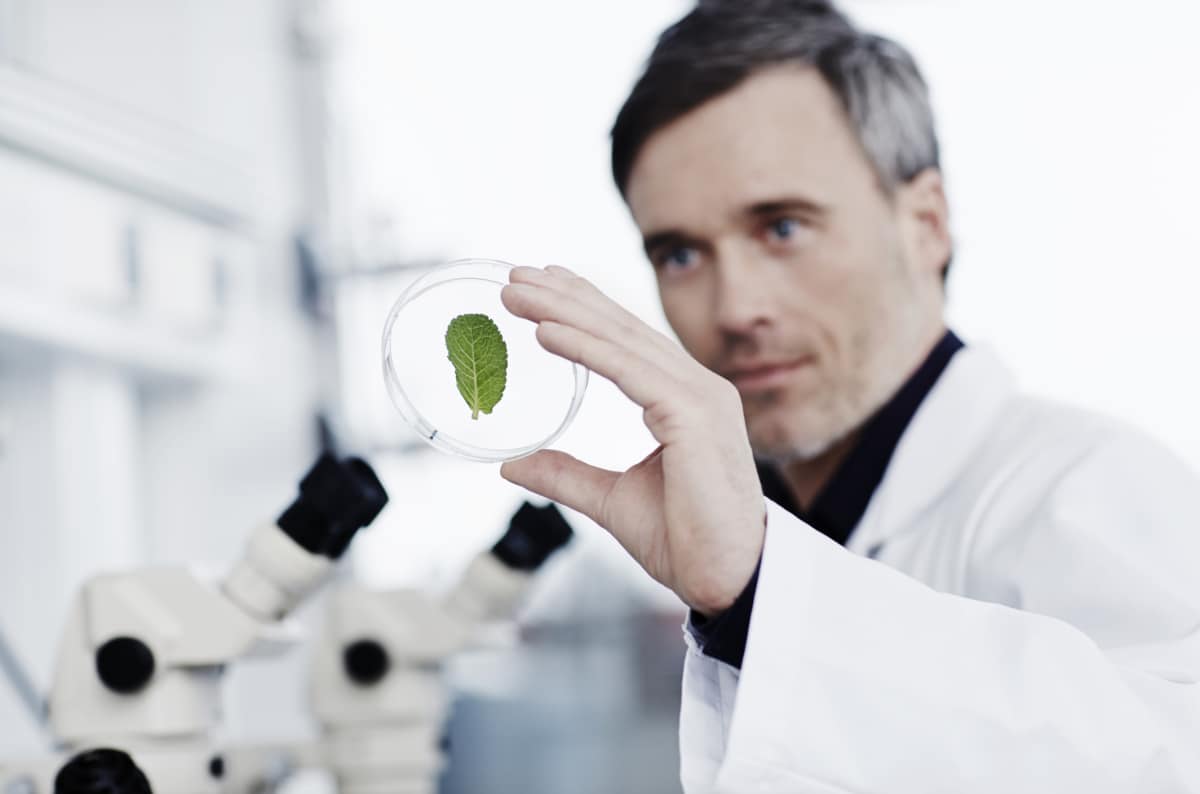
Zoom a little deeper, and there is a whole new network of large blue membranes and yellow web-like structures that act as the skeletons of cells. Entrenched within the innards are chloroplasts that sit like towering buildings made of stacked pancakes. These pancakes are where the light-related chemical reactions unfold. Hovering around these pancake towers are little purple-blue bushy photosystems, which are clusters of proteins embedded with electrons excited by the light. This photosystem is the launchpad that triggers the recipe of photosynthesis, trapping the Sun’s light energy and splitting water molecules.
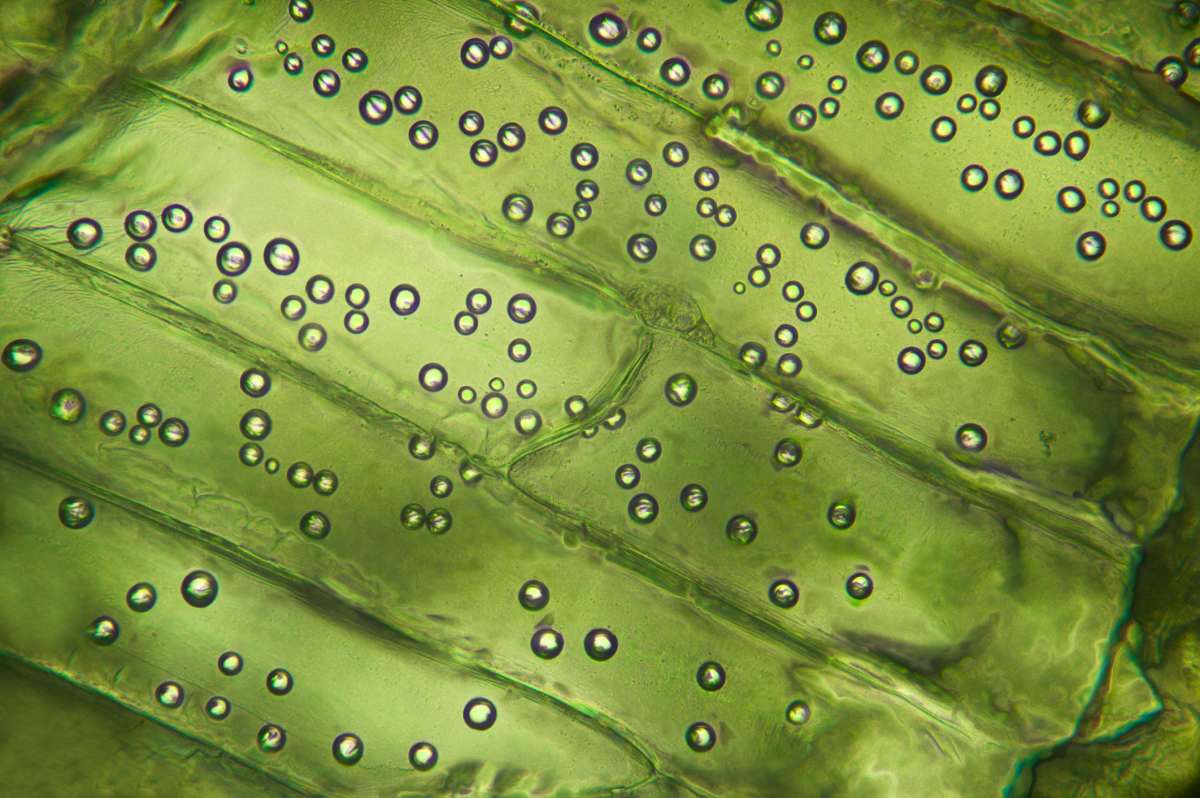
When researching a protein cluster named Photosystem II (PSII), scientists noticed that despite having two arms, D1 and D2, the energy was passing only through one of these arms. Despite structural symmetry, D1 seemed to be more active, whereas D2 seemed to have a higher resistance to light. The mystery prompted the scientists to gain an elaborate understanding of the “electron flow dynamics.” "Despite the structural symmetry between the D1 and D2 protein branches in PSII, only the D1 branch is functionally active," the study’s first author, Aditya Kumar Mandal, explained in the press release.
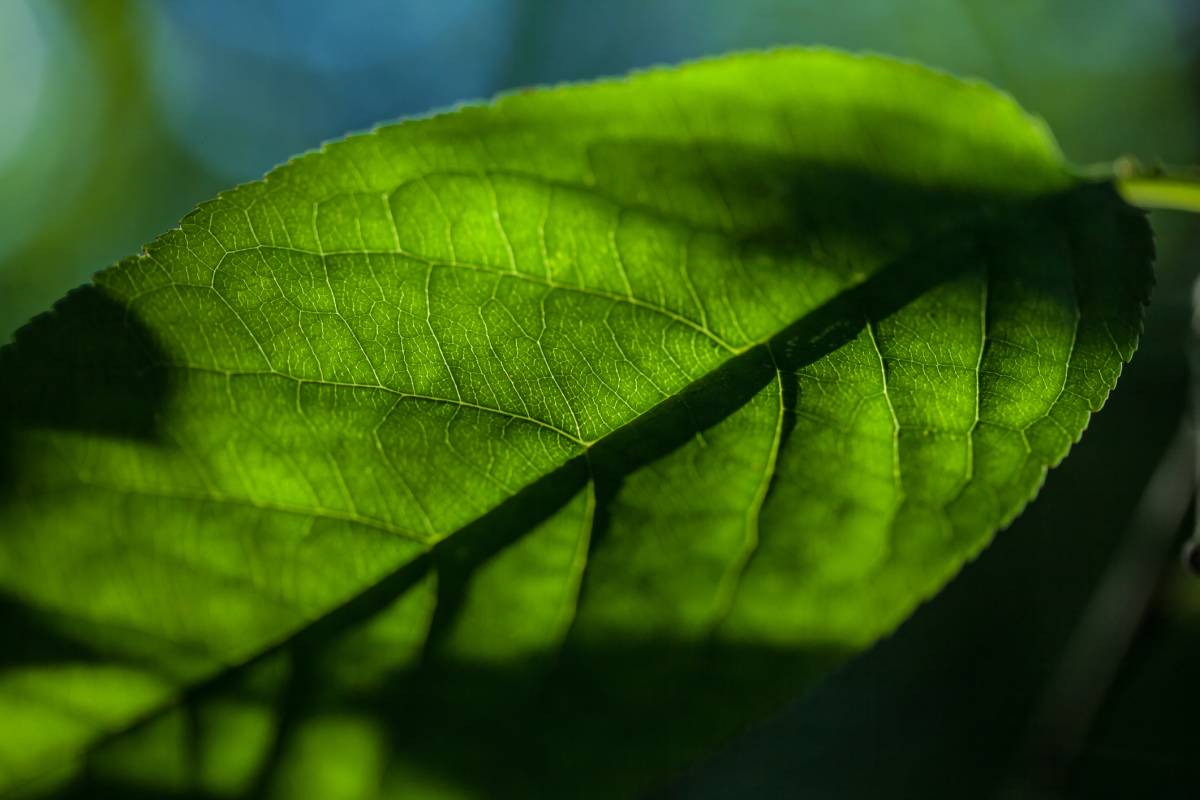
Shubham Basera, one of the study authors, explained that the team examined both D1 and D2 branches and discovered that D2 had more activation barriers than D1. This means D2 requires twice as much activation energy as D1, which is blocking the free flow of electrons through this branch, per Science Daily. This, however, doesn’t mean that D2 is doomed for eternity. Little tweaks in D2, like swapping molecules, could make it just as inviting. Prabal Maiti, also involved in the study, shared that this study opens up a remarkable window into technological possibilities. Thus, scientists could replicate nature’s design and invent state-of-the-art technologies like artificial leaves, chemical fuel cells, and whatnot.
More on Green Matters
Scientists Discover a New Type of Wood That Could Help Fight Climate Change
Plants Are Absorbing 30% More CO2 Than Expected- Here’s What It Means for Climate Change
Artist Creates Music From Plants, Fruits, Flowers and Even Mushrooms — Turns Out, They Can 'Sing'